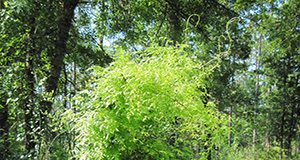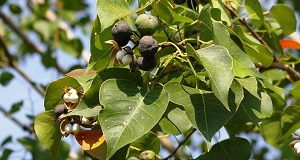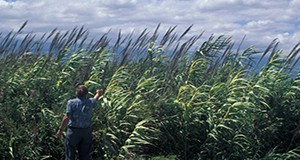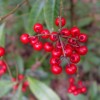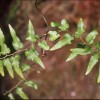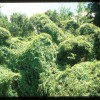El helecho trepador japonés es una enredadera invasiva no nativa de los Estados Unidos (EEUU) que fue introducida aproximadamente en 1900. Este helecho se ha establecido a lo largo de la llanura costera del sudeste de los EEUU desde los estados de Norte y Sur Carolinas hasta Texas y Arkansas. El helecho trepador japonés es nativo de Asia, en particular Japón así como al oeste de la cordillera de los Himalayas. El área de establecimiento se ha expandido desde la región de la costa del Golfo de México incluyendo TX, AR, LA, MS, AL, FL, GA, SC, NC, y PA. En Florida, el helecho trepador japonés está ampliamente distribuido en el norte y al oeste del estado, mientras que en la parte centro-sur su abundancia es variable. Este helecho está adaptado a lugares soleados o con sombra, y por lo general se localiza en suelos húmedos como los bordes de los pantanos, lagos, arroyos y bosques de tierras altas.
This 6-page fact sheet was written by Elsa D. Chevasco, Patrick J. Minogue, Kimberly K. Bohn, and Francisco Escobedo, and published by the UF Department of School of Forest Resources and Conservation, November 2016.
http://edis.ifas.ufl.edu/fr344
